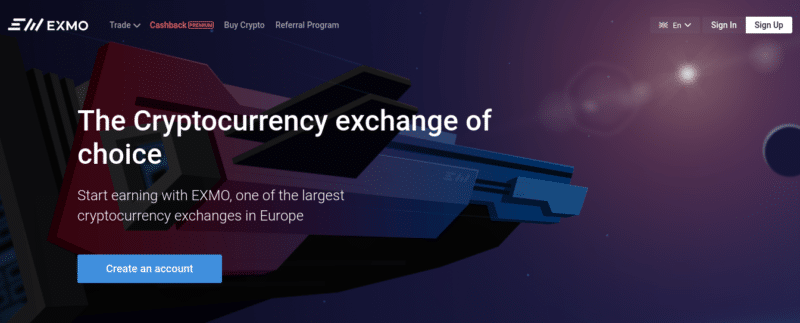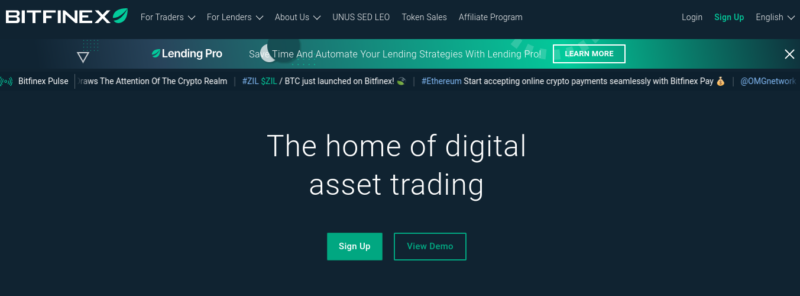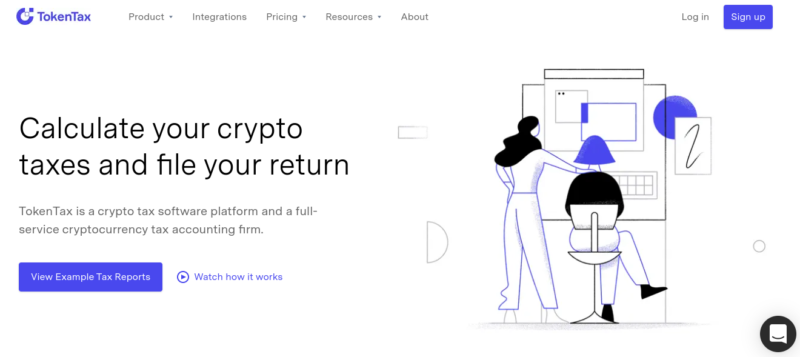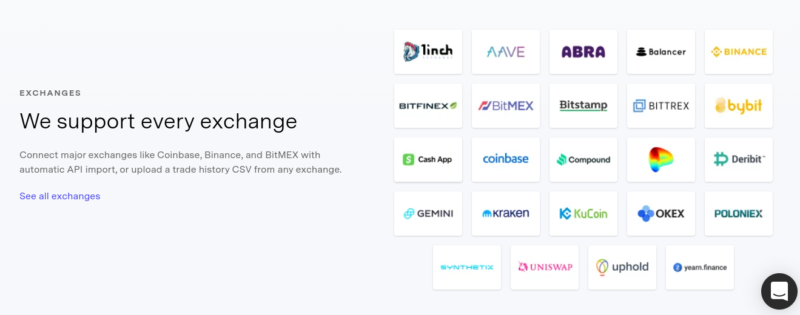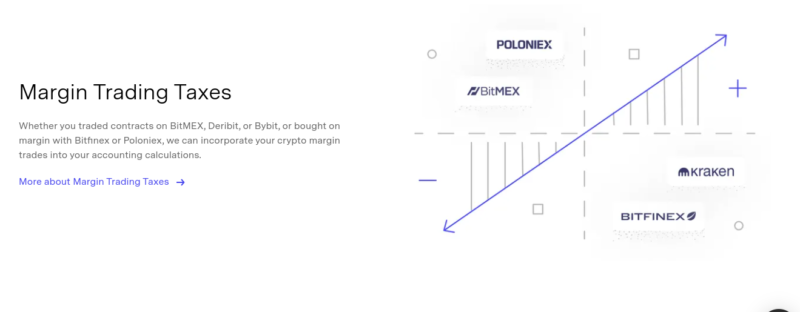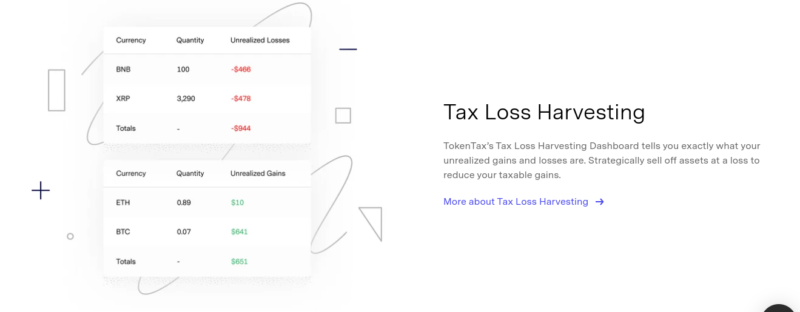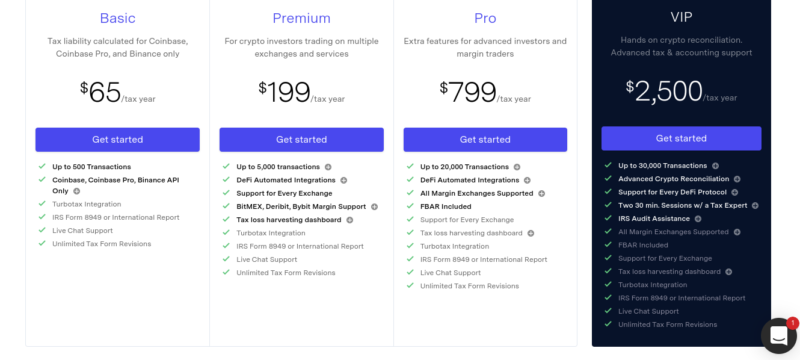I have always stated that it’s essential to educate yourself before making any investment, and this is especially true in emerging markets and technologies such as the crypto space.
Many readers continuously ask me for book recommendations, so here are the top books I’ve read on the subject.
The Internet of Money
No products found.
Bitcoin Fundamentals
No products found.
Economic Foundations of Bitcoin
No products found.
Bitcoin History
No products found.
Technical Understanding of Bitcoin
No products found.
Investing in Cryptoassets
No products found.
Ethereum History
No products found.
Technical Understanding of Ethereum
No products found.
DeFi and Web3
No products found.
Related Topics
No products found.
